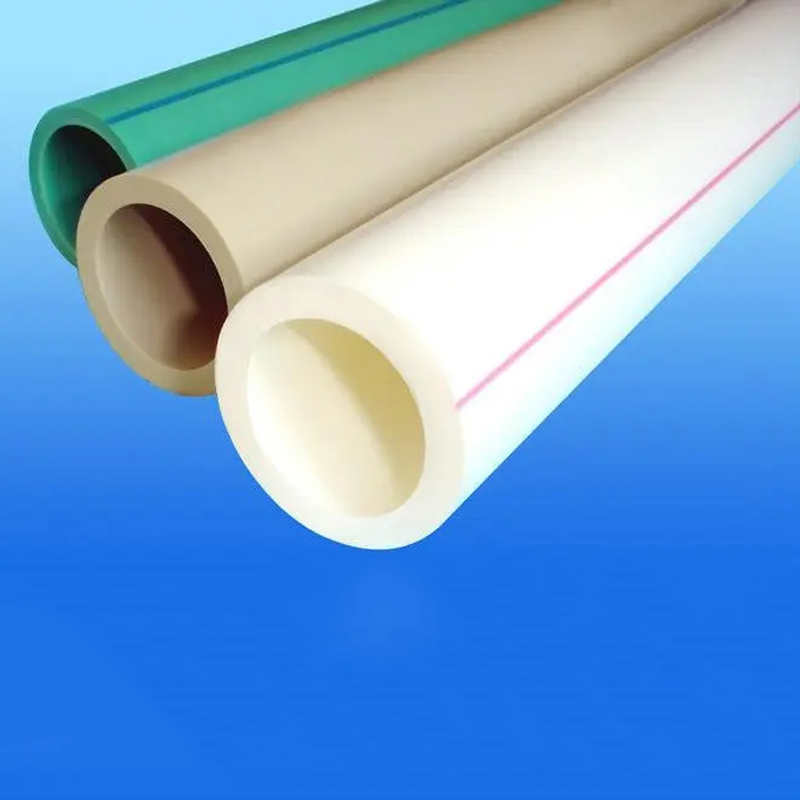Aug . 13, 2024 08:36 Back to list
Exploring the Market Trends and Applications of 2020 PVC Pipe in China’s Construction Industry
The Rise of PVC Pipes in China's Construction Industry A 2020 Perspective
In recent years, China has established itself as a global leader in the production and consumption of various materials, with polyvinyl chloride (PVC) pipes emerging as a critical component in its construction and infrastructure sectors. The year 2020 marked a significant turning point for the PVC pipe industry in China, highlighting the growth trends, innovations, and the challenges faced in this dynamic market.
PVC pipes have gained immense popularity in China due to their durability, lightweight nature, and resistance to corrosion. These properties make them ideal for various applications, including water supply, drainage, sewage systems, and electrical conduits. As urbanization continues to surge, particularly in mega-cities like Beijing, Shanghai, and Shenzhen, the demand for efficient and cost-effective plumbing solutions has poised PVC pipes as a preferred choice among engineers and contractors.
The Rise of PVC Pipes in China's Construction Industry A 2020 Perspective
Innovations in the PVC pipe industry also played a significant role in its growth. Manufacturers have invested in advanced technologies to improve the quality and functionality of PVC pipes. For instance, the introduction of environmentally friendly manufacturing processes has become a focal point for many companies aiming to reduce their carbon footprint. Additionally, advancements in design and engineering have led to the development of pipes with enhanced properties, such as increased pressure resistance and improved joint integrity, ensuring longer service life and reliability.
china 20 ft pvc pipe

Despite the promising growth trajectory, the PVC pipe industry in China faced several challenges in 2020. One of the most significant issues was the fluctuation in raw material prices, particularly the cost of PVC resin. Prices surged due to supply chain disruptions caused by the pandemic, putting pressure on manufacturers to maintain profitability while trying to keep prices competitive for consumers. Furthermore, environmental regulations have become stricter, necessitating compliance expenses that could impact the overall cost structure of PVC pipe production.
On the international front, the pandemic has reshuffled global supply chains, creating opportunities for Chinese PVC pipe manufacturers to penetrate new markets. With increasing foreign investments and partnerships, the potential for export growth remains strong. Countries in Southeast Asia, Africa, and Latin America are particularly eyeing Chinese PVC pipes for their construction needs, given their cost-effectiveness and reliability.
Looking ahead, the future of the PVC pipe industry in China seems promising. With an ongoing emphasis on urban infrastructure development, as well as advancements in technology and sustainability, the sector is set for continued evolution. Industry players are increasingly adopting smart manufacturing practices, aligning with global trends focused on Industry 4.0, making usage data and analytics integral to production and supply chain processes.
In conclusion, 2020 was a pivotal year for the PVC pipe industry in China, characterized by significant growth, innovation, and notable challenges. As the country continues to pursue ambitious infrastructure goals, the role of PVC pipes will undoubtedly be crucial, positioning them as a fundamental building block of China's future development. The interplay of demand, technological advancement, and regulatory compliance will shape the landscape of this vital industry in the years to come.
-
HDPE Electrofusion Fittings Durable, Leak-Proof Conduit Solutions
NewsMay.31,2025
-
HDPE Compression Fittings Leak-Proof, Corrosion-Resistant Solutions
NewsMay.31,2025
-
Premium PP & HDPE Compression Fittings Leak-Proof & Durable Solutions
NewsMay.30,2025
-
HDPE Tee Fittings 48-Inch HDPE Pipe Solutions & Cost-Effective Services
NewsMay.30,2025
-
HDPE Compression Fittings Durable & Leak-Free Pipe Connectors
NewsMay.29,2025
-
HDPE Tee Fittings 48-Inch HDPE Pipe Cost & Factory Services
NewsMay.29,2025

